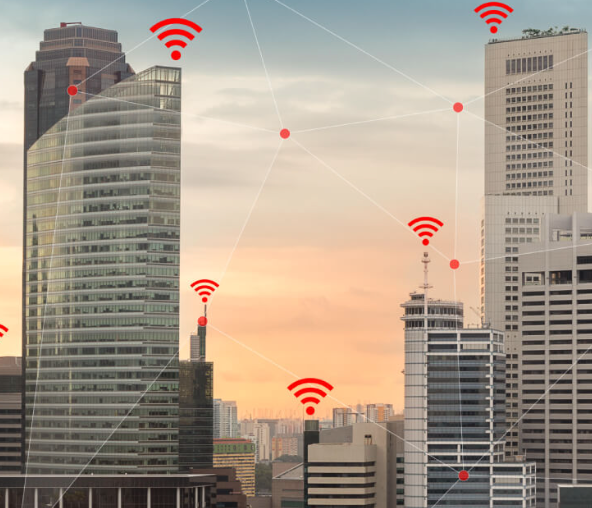China's decision to reserve a significant portion of the 6GHz spectrum band for 5G network operators has raised concerns among proponents of 5G in the United States.
This move has ignited discussions regarding the potential advantages that Chinese networks could gain, which may surpass the capabilities of their American counterparts in driving future industries.
In contrast, during the Trump administration, the Federal Communications Commission (FCC) had allocated almost the entire 6GHz band for unlicensed uses, primarily Wi-Fi. The FCC's ruling aimed to accommodate the growing demand for Wi-Fi spectrum and provide ample capacity for offloading mobile data traffic. However, this decision posed challenges for 5G network operators who argued that they needed more spectrum for high-bandwidth services like fixed wireless.
China's recent allocation of the 6GHz band for 5G is seen as a contrasting spectrum policy decision compared to the US. Chinese regulators believe that the additional capacity offered by the 6GHz band is essential for 5G networks. This difference in approach has sparked a spectrum policy divergence between the two countries, with the growth potential of each strategy remaining uncertain.
The CTIA, the US wireless industry's main trade association, sees China's 6GHz decision as an opportunity to advocate for a spectrum policy that prioritizes licensed midband spectrum for 5G. They call for a coordinated effort involving Congress establishing an auction pipeline and the National Telecommunications and Information Administration (NTIA) identifying a substantial amount of licensed midband spectrum for 5G as part of the National Spectrum Strategy.
The allocation of the 6GHz band for 5G is now a global issue, as regulators worldwide must determine their own approach. While some countries have already assigned the band for unlicensed use or are considering sharing it between Wi-Fi and 5G users, others are still undecided. In the UK, for instance, regulators are investigating the possibility of hybrid sharing between Wi-Fi and mobile services in the 6GHz band.
The debate over the 6GHz band's allocation will likely come to a head at the 2023 World Radiocommunications Conference (WRC-23) in Dubai, where global telecom regulators convene to harmonize their plans and achieve economies of scale for equipment suppliers. The outcome of these discussions will shape the future path of spectrum allocation for 5G networks worldwide.
Source: https://www.lightreading.com


